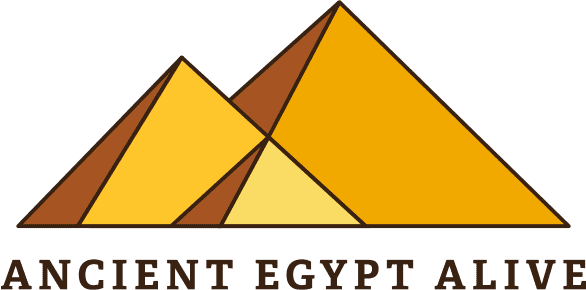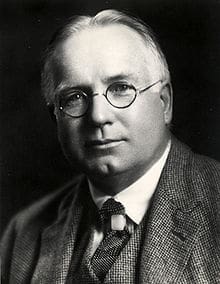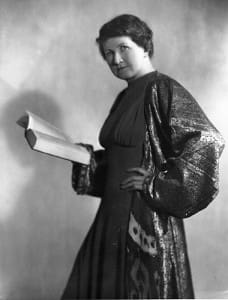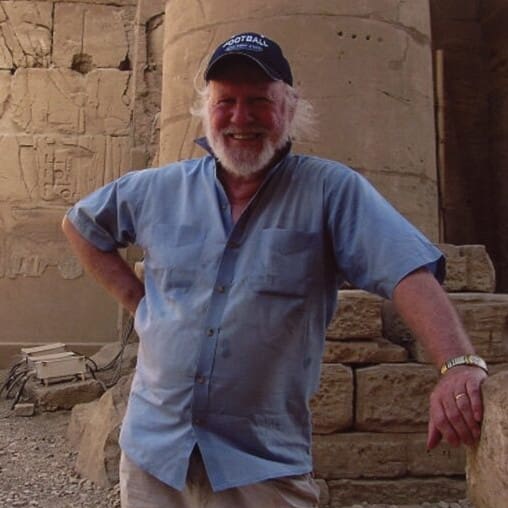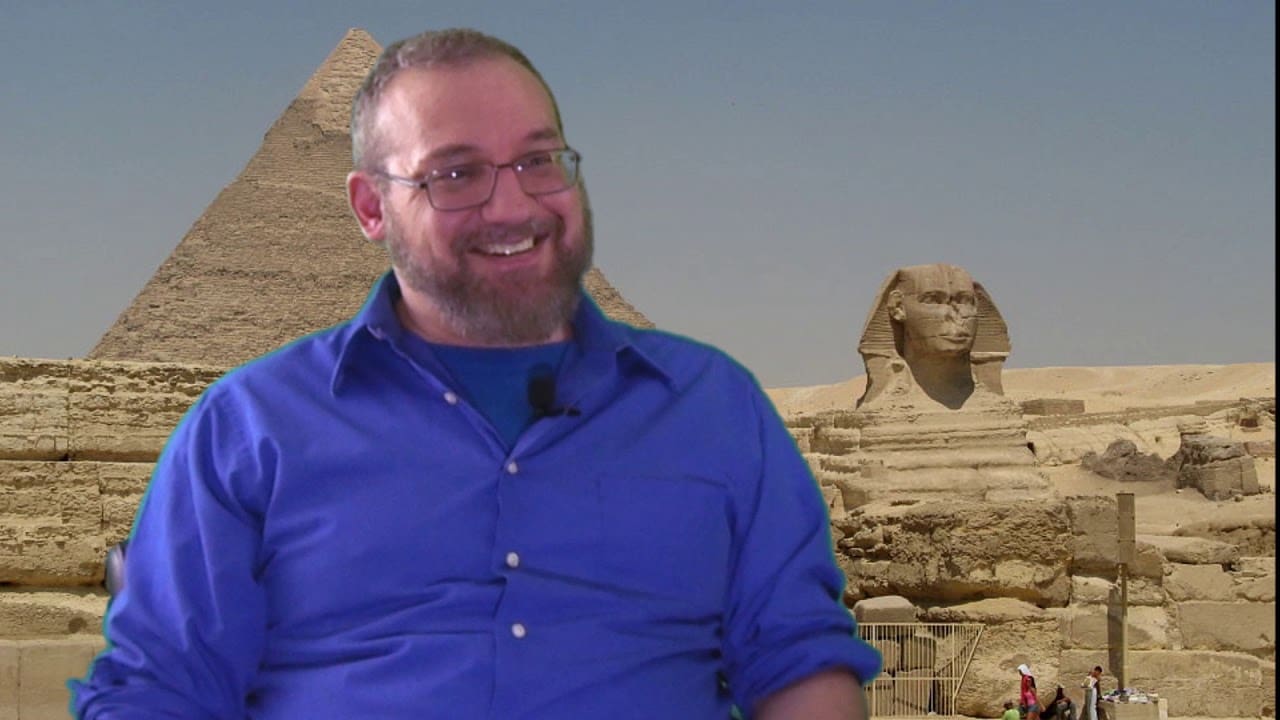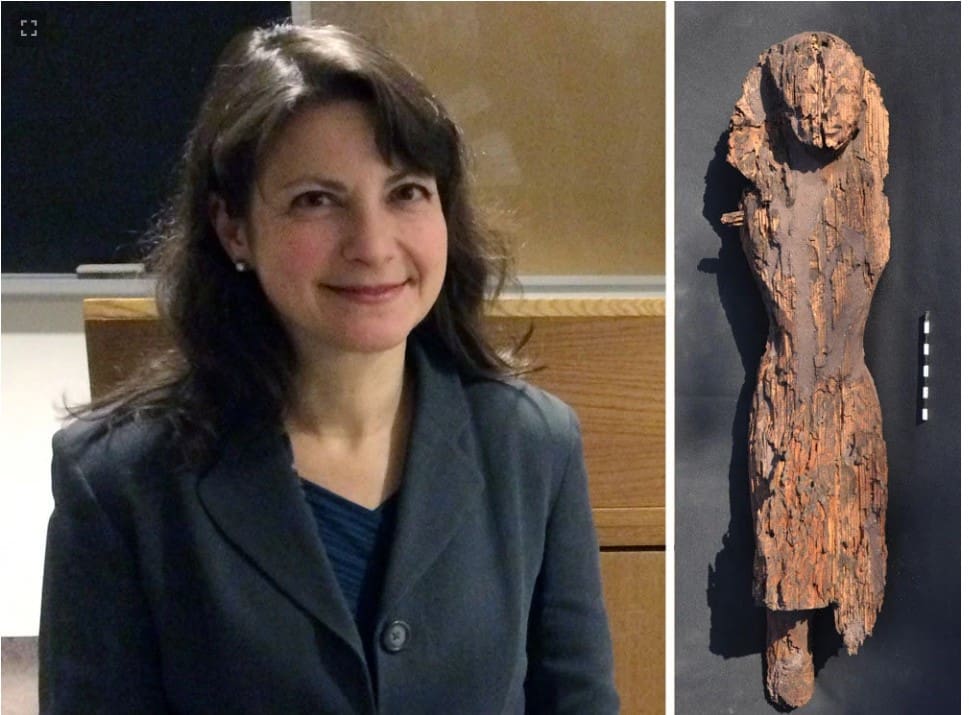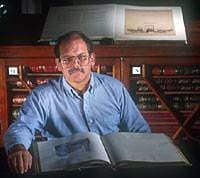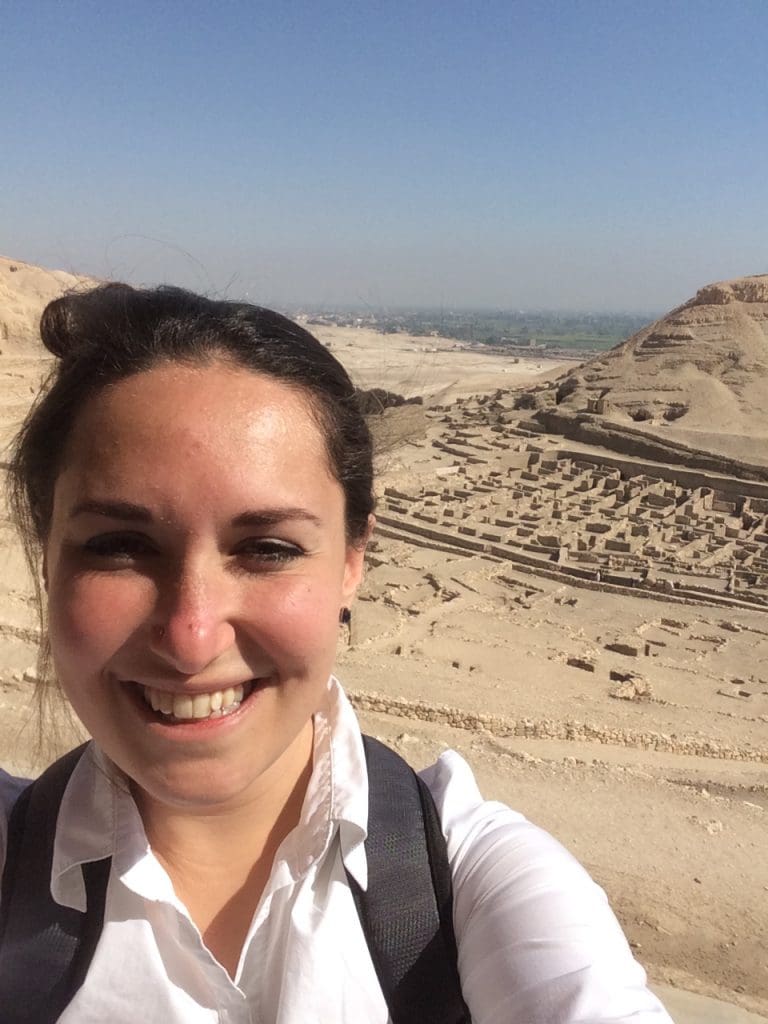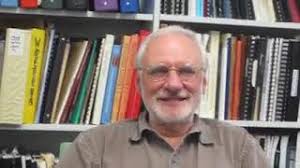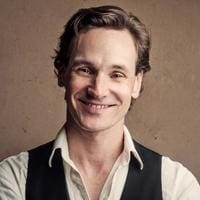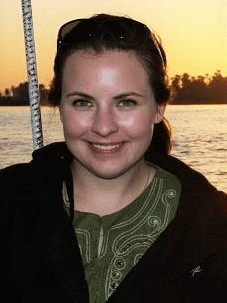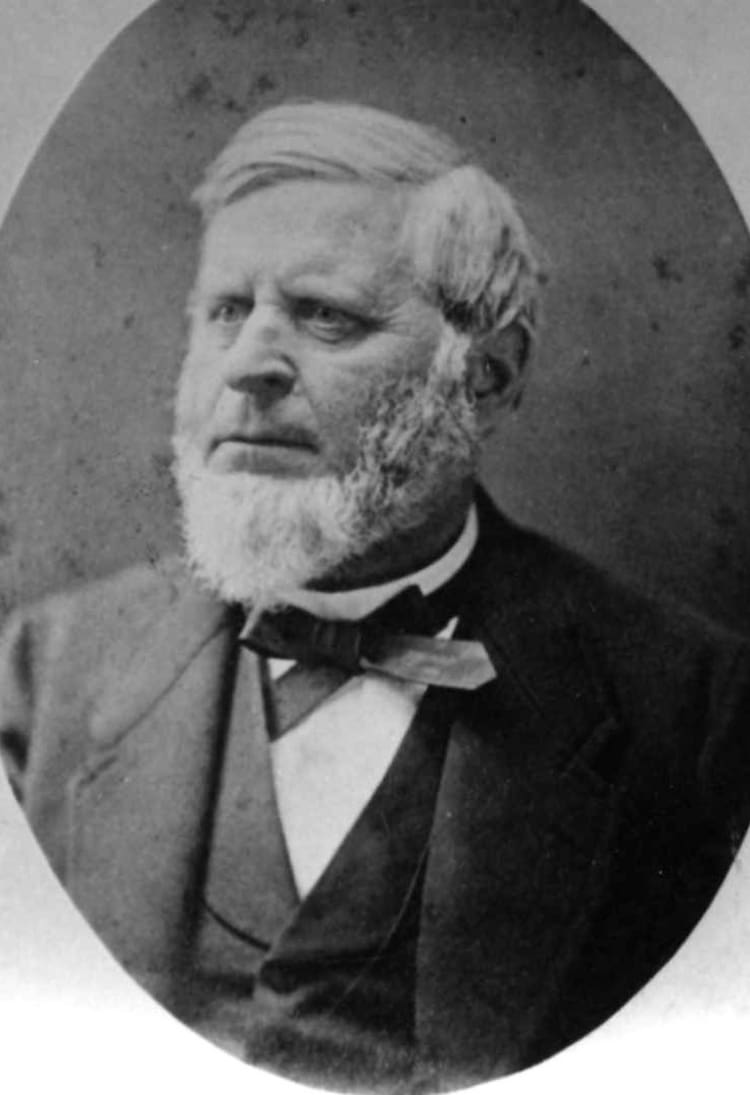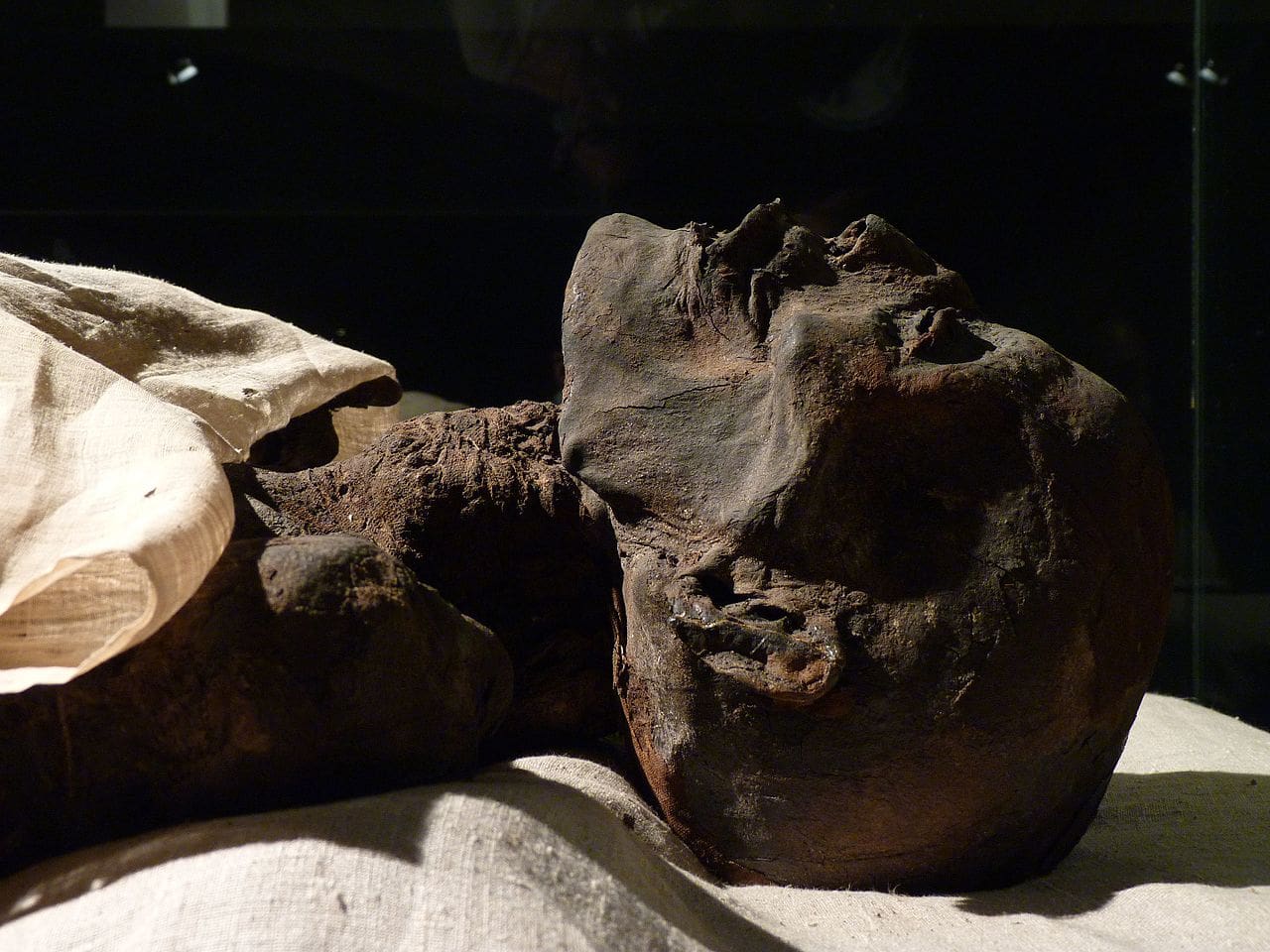By Laura Ranieri Roy
As we celebrate Canada Day, it’s fitting to look beyond our borders and recognize some exceptional Canadians who have made lasting contributions to the field of Egyptology. Through pioneering archaeological work, meticulous documentation, museum building, artistic or linguistic talents…and groundbreaking discoveries, these individuals have deepened the world’s understanding of ancient Egypt. Their legacy reaches from the shifting sands of Deir el-Bahri, Abydos, Karnak, and Mendes… to the museum halls of Toronto and Niagara Falls.
Here are ten remarkable Canadians—and a bonus historical duo—whose work in Egypt deserves special recognition.
- Charles Currelly (1876–1957): ROM Founder and Egypt Explorer
Often called the “Father of the ROM,” Charles Currelly was not only the founding director of the Royal Ontario Museum, but also a pioneering Egyptologist in the early 20th century. Born in Exeter, Ontario, Currelly studied at the University of Toronto before apprenticing under famed archaeologist Flinders Petrie in Egypt.
He participated in excavations at Abydos, Deir el-Bahri, and Sinai, and became known for his sharp eye for antiquities and his dedication to preserving Egypt’s ancient heritage. Through his efforts, thousands of Egyptian artifacts—including coffins, stelae, ritual objects, and daily items—came to Canada. With a “little help from his friends” and exhuberance and impeccable timing, this remarkable museum maker established the ROM’s very fine Egyptian collection – the beating heart of the museum. His most dazzling “find” may well be the magnificent Hathor Cow Shrine of the 15th century BCE—now a jewel of the Cairo Egyptian Museum.
Currelly’s 1956 memoir I Brought the Ages Home remains a vivid and inspiring account of his adventures and vision to bring the ancient world to Canadians.
- Amice Calverley (1896–1954): Epigrapher Extraordinaire from Oakville
Though born in London, Amice Calverley settled in Oakville, Ontario, and became one of the most important epigraphers of the 20th century. With no formal training in Egyptology, her artistic talent led her to Egypt in the late 1920s, where she joined the project documenting the intricate wall reliefs of the Temple of Seti I at Abydos.
Her precision and artistry in capturing carved scenes—before photography could match such detail—revolutionized epigraphic recording. The published volumes of her work remain vital scholarly resources today. Working in remote desert environments at a time when few women were accepted in the field, Calverley overcame challenges with grace, professionalism, and brilliance.
Her legacy lives on in every temple wall still studied through her remarkable documentation.
- Dr. Donald Redford (1934–2024): Scholar, Teacher, and Excavator of Egypt’s Forgotten Cities
A towering figure in modern Egyptology, Dr. Donald B. Redford received his B.A., M.A., and Ph.D. from McGill University and the University of Toronto, where he taught from 1962 to 1998. Trained in Semitic languages under Wilfred Lambert and Abraham Sachs, and in Egyptian with Hans Jakob Polotsky and Ricardo Caminos, Redford brought classical rigor to his scholarship. He participated in the Old Jerusalem excavations (1964–67) under Kathleen Kenyon, but it was in Egypt where he made his greatest mark. Together with his wife Susan Redford, he led the Akhenaten Temple Project—a decades-long excavation initiative at Karnak, Mendes, Tell Kedwa, and Thebes. His work at Karnak helped uncover foundations of Akhenaten’s revolutionary temples and was featured in the 1980 NFB documentary The Lost Pharaoh: The Search for Akhenaten. At Mendes, Redford revealed a vast temple complex, now detailed in his book City of the Ram-Man. His landmark publications include Akhenaten: The Heretic King, Egypt, Canaan, and Israel in Ancient Times (winner of the 1993 Biblical Archaeology Society award), and his role as editor of The Oxford Encyclopedia of Ancient Egypt—a standard reference that won the American Library Association’s Dartmouth Medal. He retired from Penn State in July 2024 and passed away later that year, leaving behind a remarkable legacy of fieldwork, mentorship, and scholarship.
- Dr. Peter Brand: Voice of the Ramesside Kings
A native Canadian and graduate of the University of Toronto, Dr. Peter Brand is best known for his expertise in Egypt’s 19th Dynasty, particularly the reigns of Seti I and Ramses II. Now based at the University of Memphis, Brand has spent decades documenting temple inscriptions at Karnak, Luxor, and other sites.
He directs the Great Hypostyle Hall Project, where his meticulous work on carved reliefs and hieroglyphs has clarified royal lineages, historical events, and temple construction in the Ramesside period. His scholarship, grounded in both fieldwork and translation, makes the world of Egypt’s warrior-pharaohs accessible and vivid.
- Dr. Mary-Ann Pouls Wegner: Discoveries at Abydos
Professor and graduate department head at the University of Toronto, Dr. Mary-Ann Pouls Wegner directs the North Abydos Votive Zone Project. In 2011, her team uncovered a previously unknown structure commissioned by Hatshepsut, one of Egypt’s few female pharaohs, along with a rare wooden statue of the queen. Dr. Wegner was born in New Mexico, but her work and career has been at the University of Toronto for decades.
Her work at Abydos has shed new light on royal ritual architecture, kingship, and votive practices in ancient Upper Egypt. A respected scholar and field leader, she continues to mentor students and contribute to our understanding of Egypt’s religious and political landscape.
- Ted Brock (1951–2015): Royal Tomb Specialist and Restorer
Ted Brock began his work in Egypt in 1981 with the University of Toronto’s Wadi Tumilat Project, later joining major excavations at East Karnak, Dakhla Oasis, Memphis, and Lahun. From 1983 to 1994, he served as Director of the Canadian Institute in Egypt, supporting Canadian-led research throughout the country. Like Dr. Wegner, Brock was born in the States, but his education and career were firmly entrenched at the Univerity of Toronto.
He co-directed the Amenmesse Project (KV 10) and spent many years documenting and photographing New Kingdom royal sarcophagi. His crowning achievement was the reassembly of the shattered sarcophagus of Pharaoh Merenptah in the Valley of the Kings—an extraordinary feat of restoration. His legacy lives on through his contributions and the continued work of his wife and collaborator, Lyla Pinch Brock.
- Dr. Meredith Brand: Archaeologist and Ceramic Specialist
Based in Cairo, Dr. Meredith Brand teaches Egyptology at the American University in Cairo. She also serves as co-director and ceramicist of the Wadi el-Hudi Expedition, which investigates ancient amethyst mines and settlements in Egypt’s Eastern Desert. Her work blends archaeological science with material culture, giving insight into life and labor in remote industrial landscapes of pharaonic Egypt.
- Dr. Ronald J. Leprohon: Voice of the Ancient Egyptian Language
One of Canada’s most beloved and respected teachers of ancient Egyptian, Dr. Ronald J. Leprohon (b. 1947) taught at the University of Toronto, where he inspired generations of students in Middle Egyptian and hieroglyphs. His book The Great Name: Ancient Egyptian Royal Titulary is a cornerstone reference for understanding pharaonic royal titles and ideology. Known for his clarity, wit, and warmth, Leprohon’s legacy lives on in classrooms and publications across the country.
- Dr. Andrew Bednarski: Egyptologist and Historian of the Field
With a Ph.D. from the University of Cambridge, Dr. Andrew Bednarski has spent over a decade excavating at Karnak, Abydos, and Amarna with ARCE. He currently serves as Assistant to the Director for Special Projects at ARCE and is affiliated with the American University in Cairo. He edited A History of World Egyptology and has published extensively on the manuscripts of Frédéric Cailliaud, revealing how early explorers shaped the field. A bridge between fieldwork and scholarship, Bednarski continues to elevate Canada’s reputation in global Egyptology.
- Dr. Casey Kirkpatrick: Unearthing Tombs in Luxor
An Assistant Professor at Simon Fraser University, Dr. Casey Kirkpatrick played a key role in the 2025 discovery of three New Kingdom tombs in Luxor’s Dra Abu el-Naga necropolis. As a bioarchaeologist and osteologist, she helped document human remains, painted walls, and inscriptions dating to the 18th–19th Dynasties.Her multidisciplinary expertise highlights the evolving scientific depth of Canadian archaeological practice
.
Bonus: Sidney & Thomas Barnett — Canada’s First Connection to a Pharaoh
In the 1860s, Sidney Barnett, son of Niagara Falls Museum founder Thomas Barnett, sailed up the Nile and collected Egyptian mummies and antiquities—including one that turned out to be the mummy of Ramses I, founder of Egypt’s 19th Dynasty. The collection formed one of the first Egyptian displays in North America.
Rediscovered and authenticated in the 1990s, the Ramses I mummy was repatriated to Egypt in 2003 after global headlines. It remains one of the most fascinating chapters in Canada’s unexpected connection to pharaonic royalty.
A Proud Legacy
Of course there are so many more: Violet Lefleur, Nicholas Millet, Krystof Grzymski, Kei Yamamoto, Rexine Hummel, Sally Katary, Winifred Needler, Gayle Gibson,… the list goes on…From the dusty cases of the Niagara Falls Museum to the cutting-edge digs of Luxor, Mendes, and Abydos, Canadians have played a vital role in exploring, preserving, and interpreting the wonders of ancient Egypt. Their contributions continue to shape the field—and inspire future scholars.
On this Canada Day, we celebrate not only our national heritage but also the global impact of Canadian curiosity, dedication, and scholarship.
Laura Ranieri Roy: 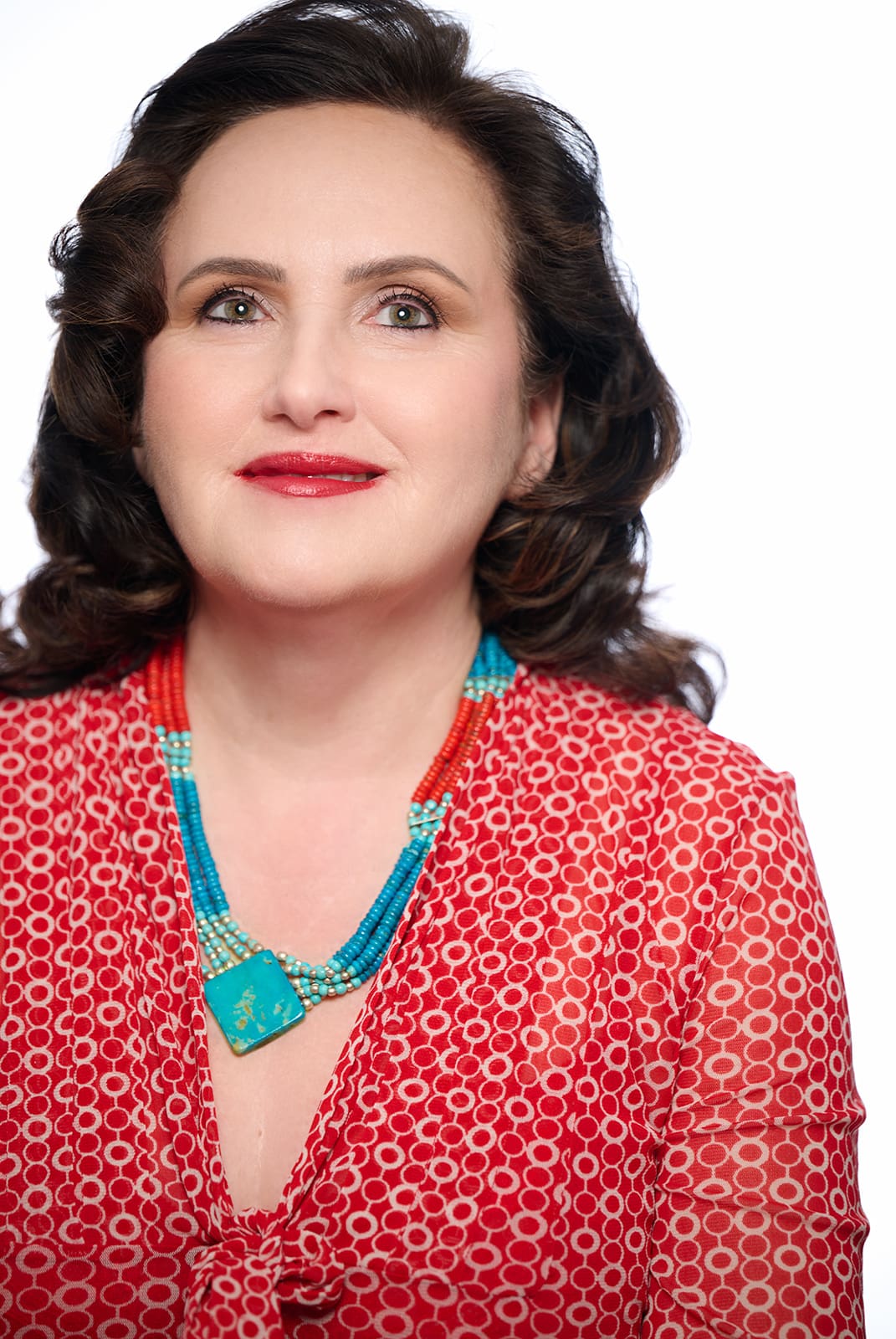 Championing Egyptology at Home and Abroad
Championing Egyptology at Home and Abroad
This article was written by Laura Ranieri Roy, a proud Canadian Egyptologist who has spent over a decade promoting ancient Egypt through public talks, courses, museum collaborations, and immersive travel experiences. While she has lectured and excavated in Egypt, her greatest passion lies in celebrating and elevating the work of Canadians who’ve made lasting contributions to the field. Laura is the founder of Ancient Egypt Alive, through which she leads expert-guided, small-group tours to Egypt, created by Canadians, for curious and culturally engaged travelers.
To learn more or join an upcoming journey, visit: ancientegyptalive.com/egypt-tours
